We may earn money or products from the companies mentioned in this post. This means if you click on the link and purchase the item, I will receive a small commission at no extra cost to you ... you're just helping re-supply our family's travel fund.
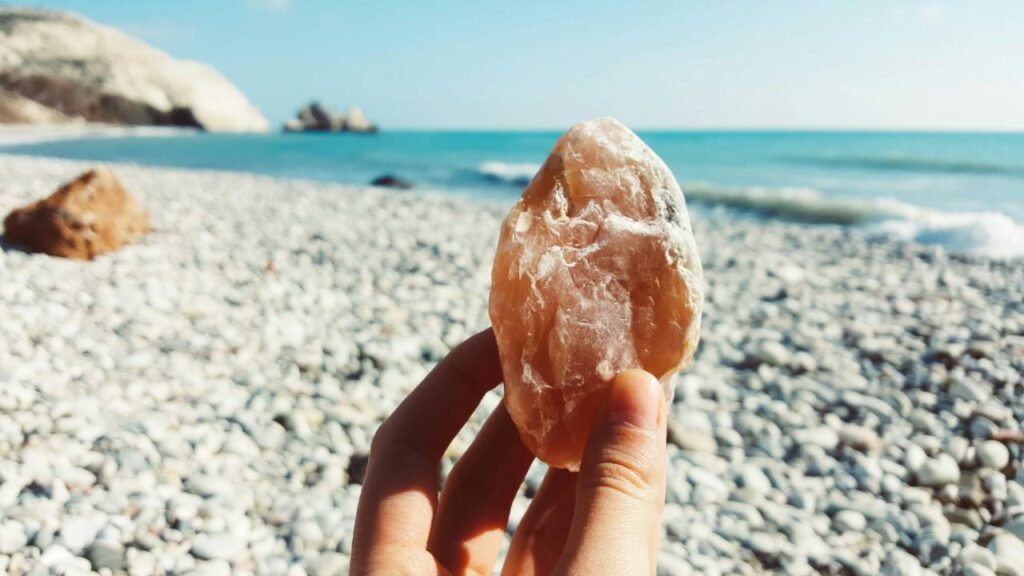
The urge to pocket a perfect shell is primal. It is a tangible piece of a sun-drenched day, a memory shaped by salt and wind that you can hold in your hand. But the treasures found scattered along the shoreline are more than just souvenirs; they are the working parts of a living, breathing ecosystem. Many of these seemingly abundant items are protected by law for reasons we rarely consider. Understanding their purpose is the first step toward becoming a true guardian of the coastlines that you love so dearly.
1. Sand Dollars
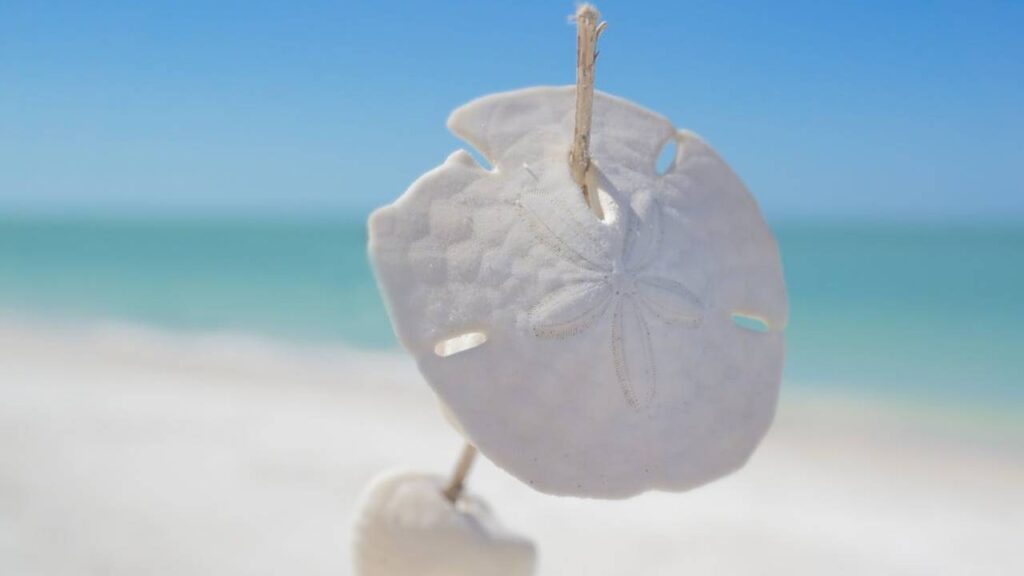
Finding a sun-bleached sand dollar feels like uncovering a lost coin from the ocean’s treasury. But if that disc is covered in a velvety, brownish fuzz, it is a living animal that breathes through its skin. It must be returned to the water to survive. Even the white skeletons have a job. Made of calcium carbonate, they are a vital source of nutrients for the beach, slowly breaking down to enrich the sand and provide the raw materials for other creatures to build their own protective shells.
2. Driftwood
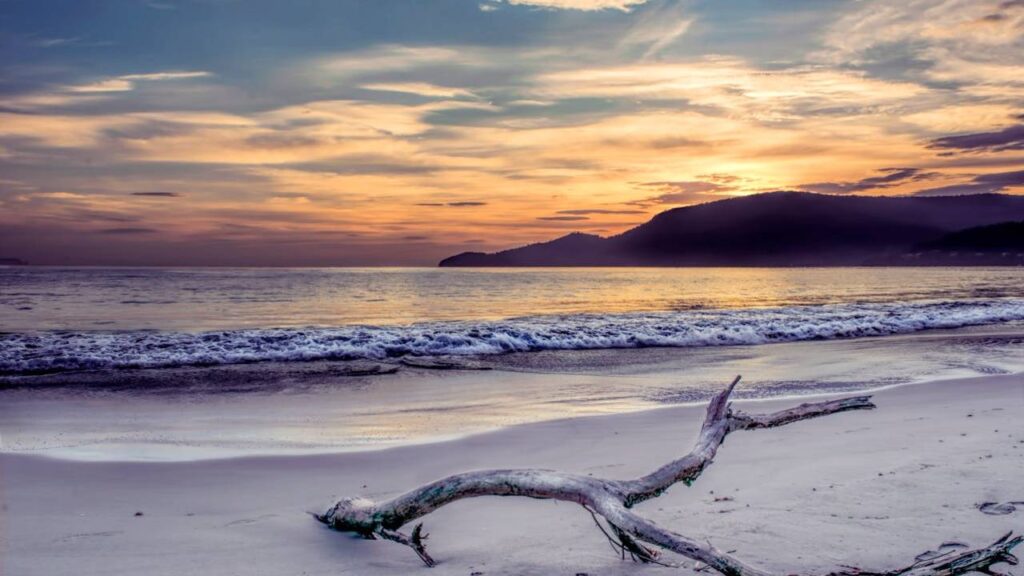
A gnarled piece of driftwood can look like a sculpture carved by the sea itself, destined for a spot on your mantel. In reality, it is the beach’s architect. Driftwood traps windblown sand, providing the anchor for new dunes to form and stabilize the coastline against erosion. It is also a critical habitat, offering shelter to shorebirds, crabs, and insects, while its slow decomposition releases essential nutrients back into the hungry sand. Most state and national parks prohibit its removal for these very reasons.
3. Colorful Pebbles and Rocks
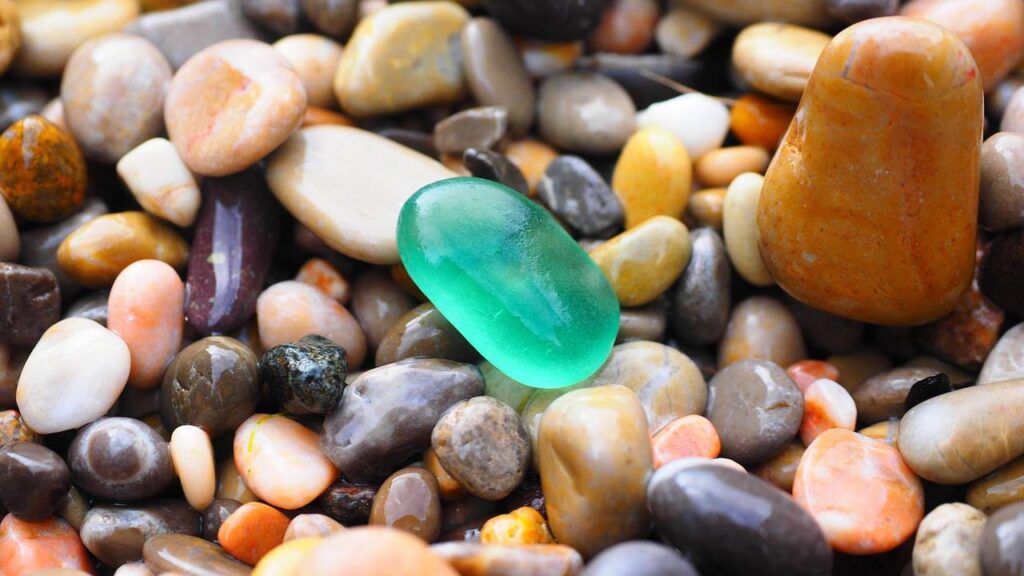
A handful of smooth, colorful stones seems like the most harmless souvenir imaginable, a whisper of the place you visited. But these rocks are the beach’s armor. Collectively, they form a natural barrier that absorbs and dissipates the immense energy of the waves, protecting the shore from being washed away. When thousands of visitors each take a few, they contribute to a collective weakening of this coastal defense. In countries like Greece, removing pebbles from certain beaches can result in significant fines.
4. Sand (Even a Small Jar)
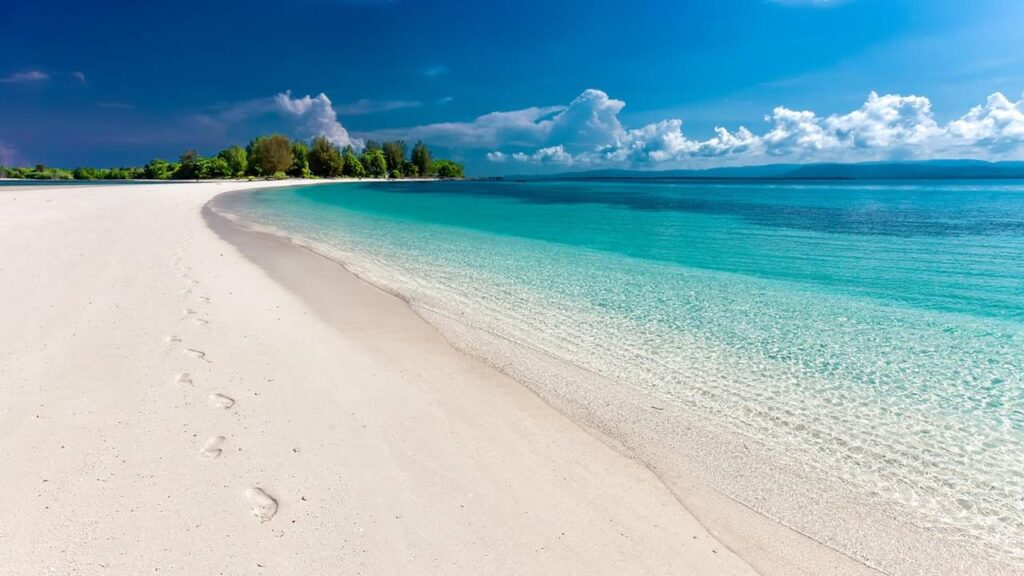
It feels like an innocent, time-honored tradition: scooping a bit of sand into a bottle as a memento. But this simple act is illegal in many destinations, including Hawaii and parts of Italy, where coastlines are fiercely protected. The problem is one of scale. While your small jar seems insignificant, multiply it by millions of visitors and it becomes a major contributor to erosion. On beaches famous for their unique pink or black sand, this removal is a theft of the very thing that makes them special.
5. Live Starfish
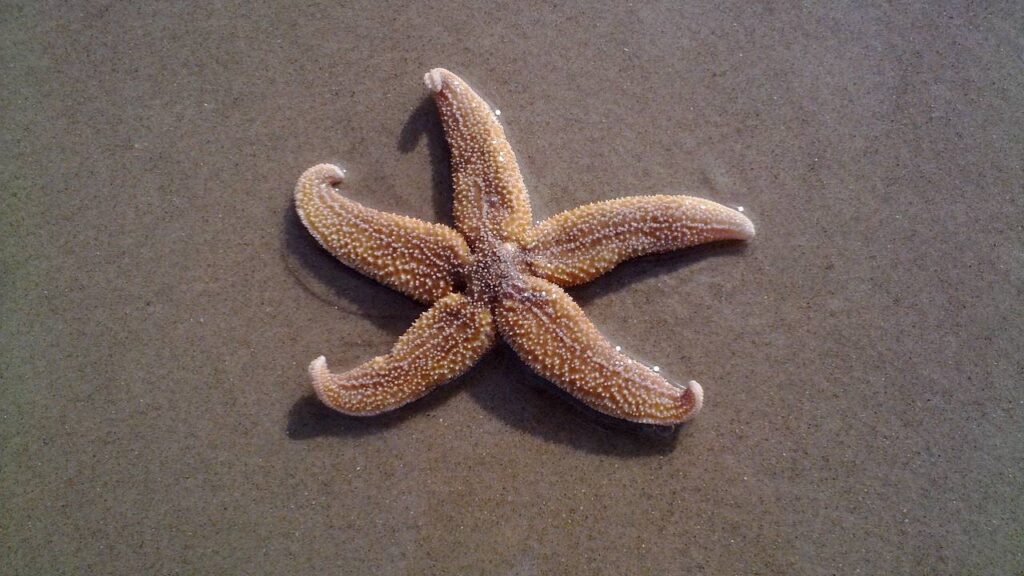
A starfish, or sea star, washed ashore is a beautiful but vulnerable sight. Your instinct might be to “rescue” it by taking it home, but this is a fatal mistake. These creatures are not fish; they breathe through gills located on their bodies and cannot survive for long out of the water. The only correct and legal action is to gently place it back into the ocean, preferably in a tide pool or beyond the surf line. Removing a sea star from its habitat is an act that guarantees it will not survive.
6. Coral Fragments
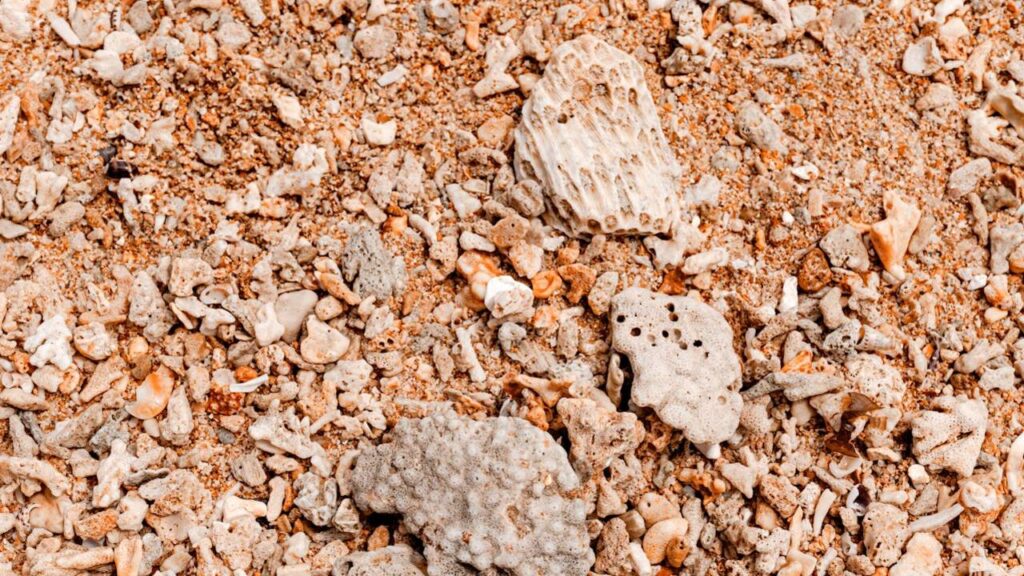
That intricate piece of coral, bleached white by the sun, was once part of a living, breathing underwater city. Coral reefs are among the planet’s most endangered ecosystems, and all species are protected by international law. Even taking a small, broken fragment from the beach is illegal in places like Florida and Hawaii. It supports a black market and disrupts the natural process where coral skeletons break down to form the fine, white sand that creates tropical beaches.
7. Most Seashells in Protected Areas
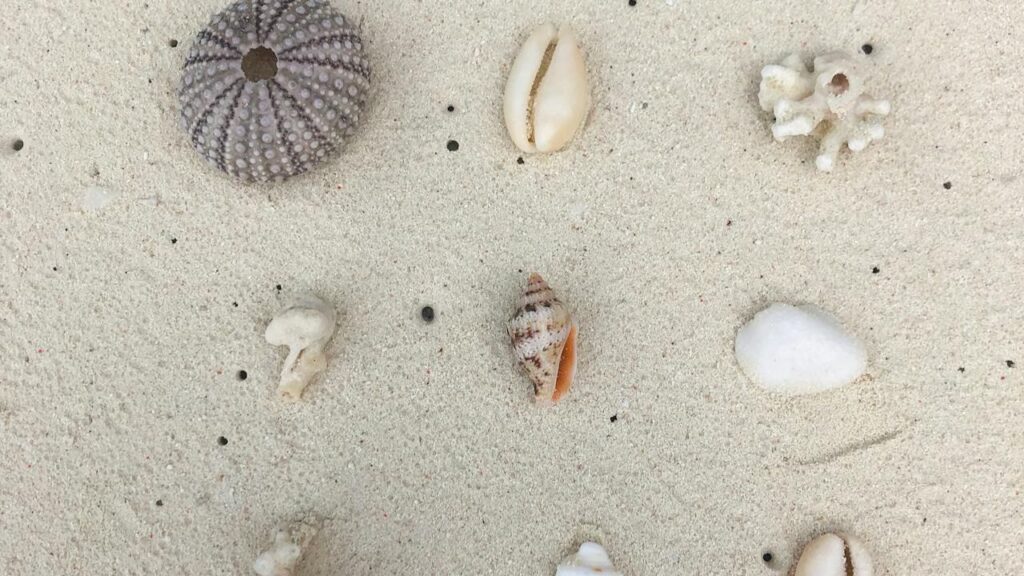
While collecting an empty shell is often permitted on public beaches, the rules change the moment you step into a protected zone. In U.S. national parks, state parks, and marine sanctuaries, it is illegal to remove any natural object. Those empty shells are not just pretty objects; they are future homes for hermit crabs and a vital source of calcium carbonate for the ecosystem. For any public beach, a quick search for the town or county’s specific regulations is always a wise first step.
8. Feathers From Seabirds
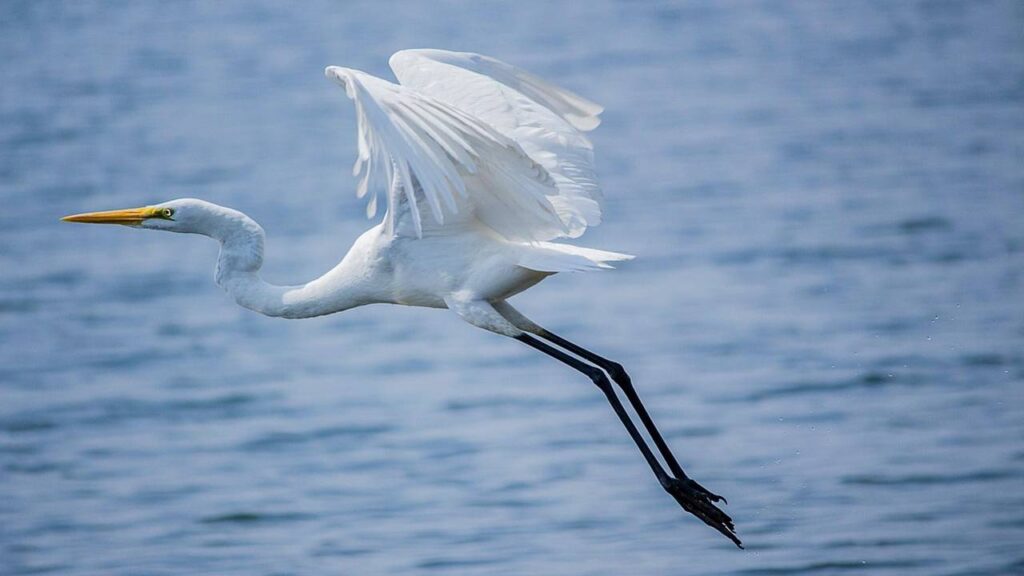
Finding a perfect feather feels like a gift from the sky. In the United States, however, the Migratory Bird Treaty Act of 1918 makes it illegal to possess the feathers, nests, or eggs of almost any native bird. This law was passed to stop the commercial trade that nearly decimated species like the snowy egret for fashion. Because law enforcement cannot know if a feather was found innocently or taken from a poached bird, the law is a blanket prohibition that protects all of them.
9. Anything From a National Park Beach
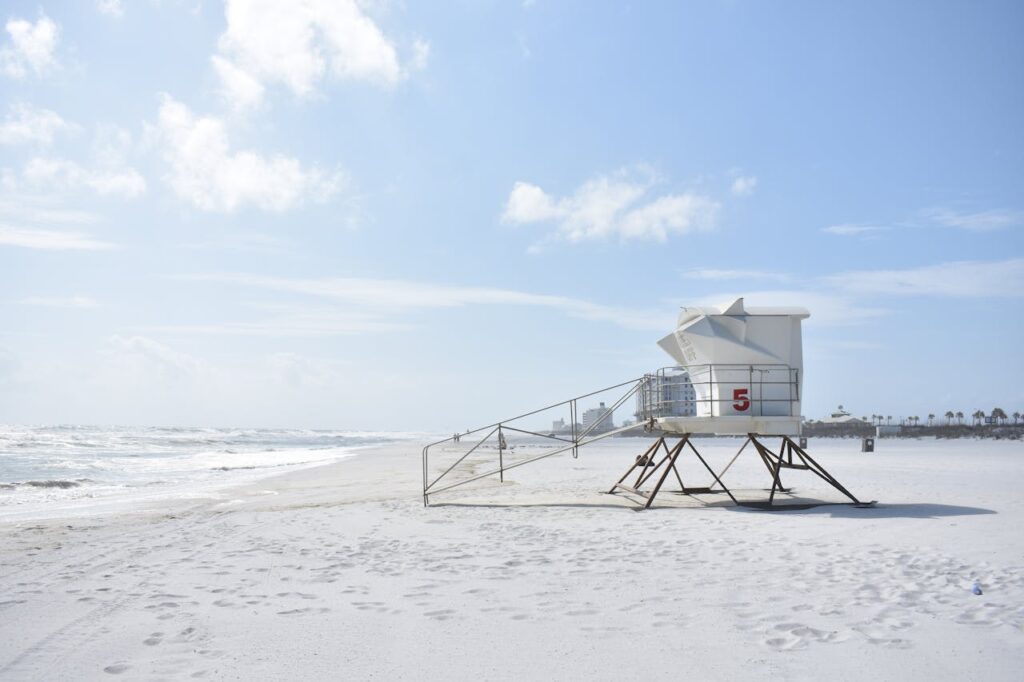
This is the golden rule that supersedes all others. When you are on a shoreline designated as a National Park, National Seashore, or National Monument, you are legally required to be just a visitor. The mission of the National Park Service is to preserve these landscapes in their natural state for every generation that follows. Leave the rocks, the shells, and the driftwood so that the next person can experience the same sense of wonder and discovery that you did.
10. Sea Glass From Designated Beaches
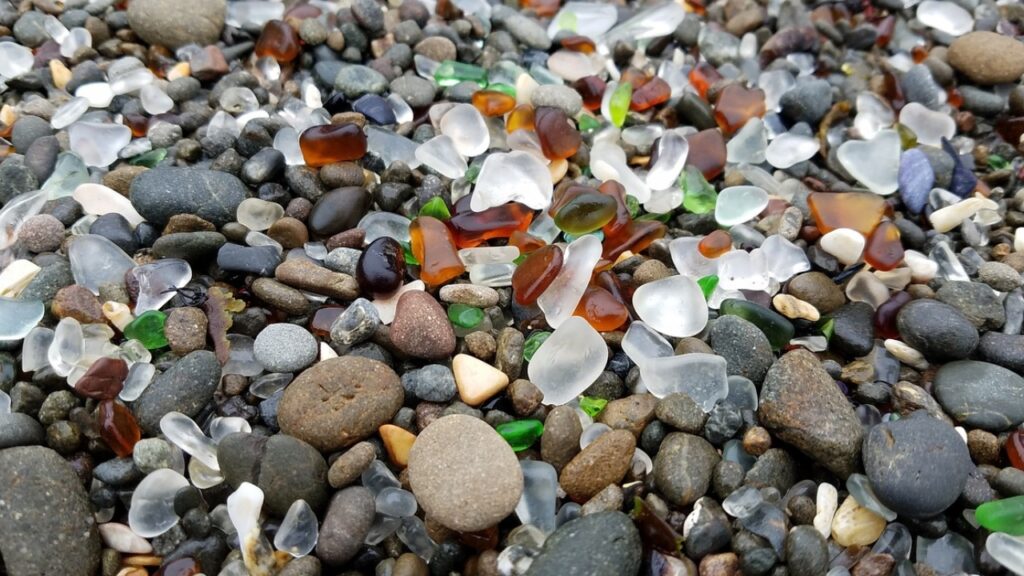
Sea glass is a beautiful paradox: it is our trash, returned to us by the ocean as polished jewels. While you are generally free to collect it, some famous “glass beaches,” like the one in Fort Bragg, California, now forbid collecting. The very treasure that made the beach a destination was being loved to death, carried away by the pocketful. It stands as a powerful cautionary tale about how our collective actions can deplete even the most unique resources.
11. Historical Artifacts
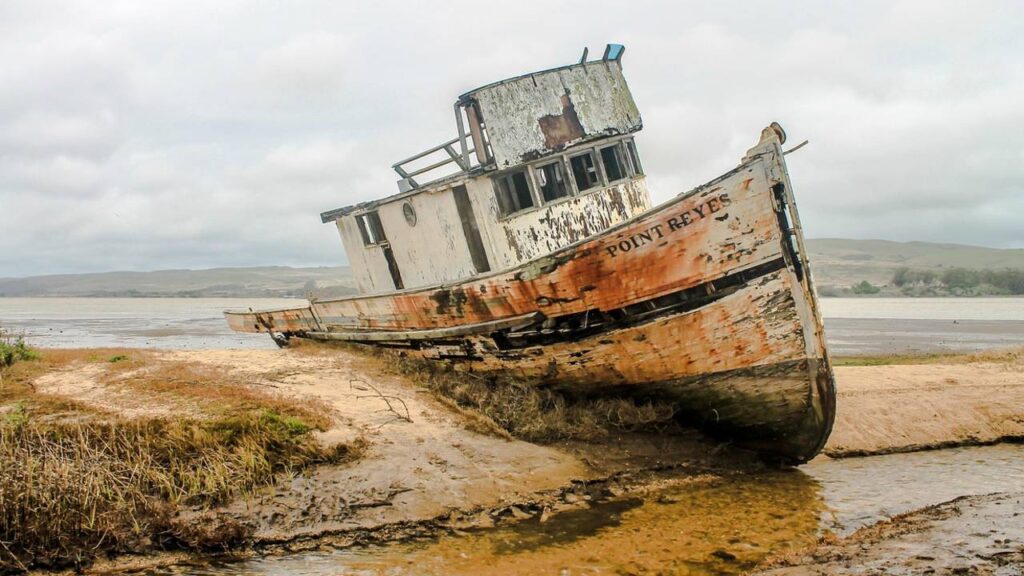
Coastlines are corridors of history, holding clues from ancient settlements and shipwrecks. If you find a piece of old pottery, a colonial-era bottle, or a waterlogged timber from a wreck, you have found a piece of a story. These artifacts are protected by law because they are not souvenirs; they are public historical records. The best action is to leave the item untouched, photograph it, note the location with GPS, and report it to park authorities.
12. Living Creatures
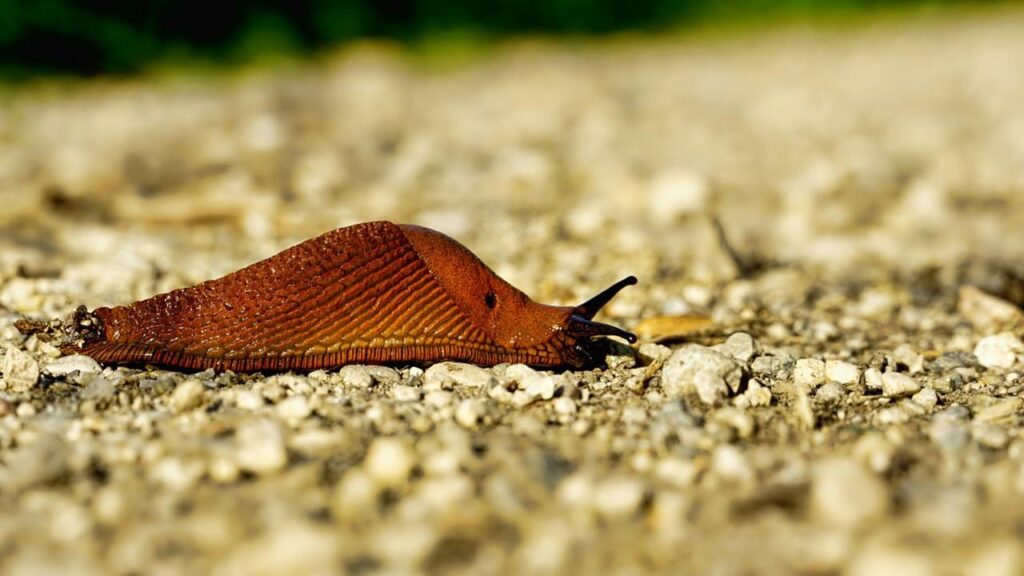
The tide pool is a miniature, self-contained world, not a pet store. The snails, crabs, and tiny fish that live there are fascinating to observe but must never be taken home. They are part of a delicate food web and are not equipped to survive the shock of a home aquarium. Removing any living creature is not only illegal in most protected areas but also a guaranteed death sentence for the animal. Watch, learn, and then gently leave them be.
13. Seaweed and Kelp
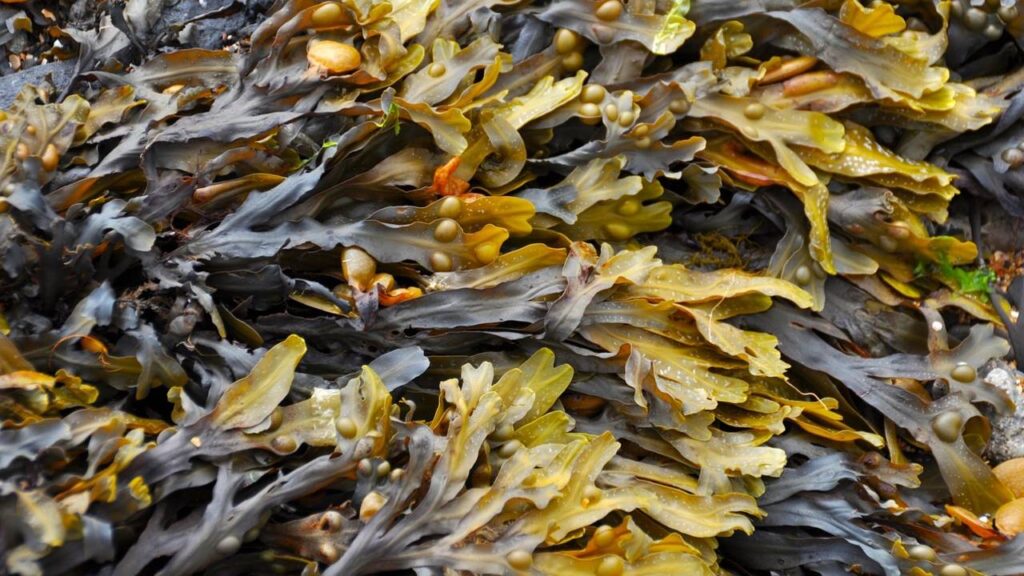
That tangled line of seaweed washed ashore might seem like messy debris, but it is the beach’s lifeblood. This “wrack line” is a feast for tiny invertebrates, which in turn become a critical food source for migrating shorebirds. As it decomposes, it also provides essential nutrients for dune grasses, helping to anchor the entire coastline. It is a perfect example of how even the most overlooked elements of the beach have a vital purpose.
14. Hermit Crab Homes, Not Keepsakes

Those pretty, empty shells are future apartments for hermit crabs and other shoreline creatures that cannot make their own, so removing them can shrink available habitat and stress local populations. Even when a shell looks abandoned, leaving it in place helps maintain the coastal “circulation” of calcium carbonate that nourishes beaches and marine life. Take a photo, note the tide line, and let the shell carry another life forward.